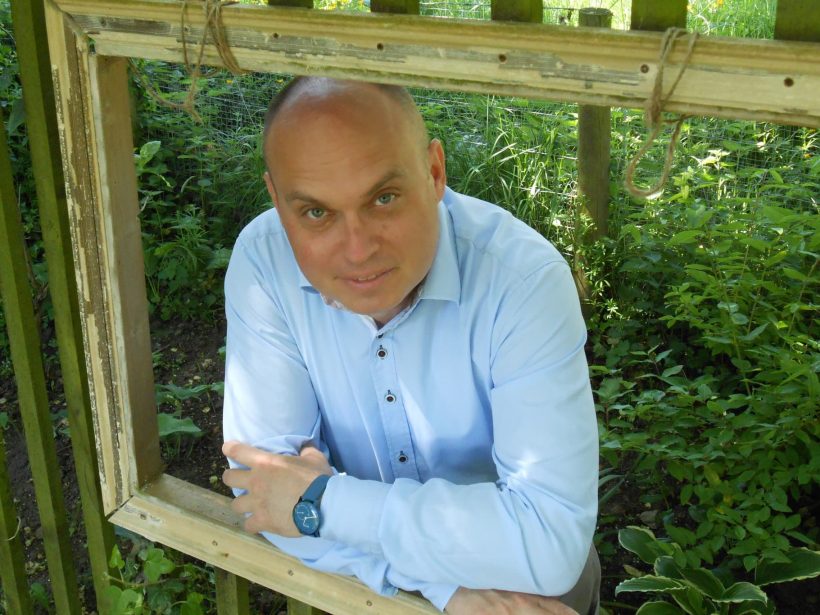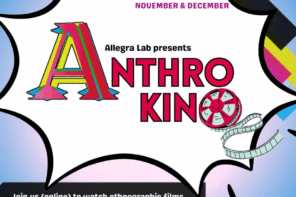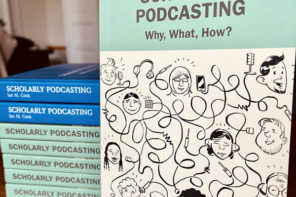
Dan: My career was never purely academic and definitely not straightforward. For some years, I worked as a journalist, first at a radio station and later for a newspaper. In 2004, I switched back to academia and started working on my Ph.D. As part of an international project, I carried out my fieldwork among birdwatchers. My research was summarised in a book Observing the Observers, in which I presented a community of people who wake up at crazy hours, travel to a forest or meadow, and try to spot feathered creatures. At that time, my interest in interdisciplinary research grew. I enjoyed learning from the amateur naturalists, with whom I hid in bushes with binoculars, how to see the world from a different angle. Later in my career, I started cooperating with engineers who brought another dimension into my life. Initially, we had several disagreements about the value of qualitative and quantitative research – they believed in “hard” and “measurable” data and I did not. However, we managed to find the middle ground, established a common vocabulary and methodology and kept working in applied projects dedicated to topics which could not be solved by a single area of science. One of the projects, DriveGreen, combined anthropology and engineering in order to develop an ethnography-based smartphone app, which motivated people to change their mobility habits. Now we are using a similar approach in a new project, titled The Invisible Life of Waste. It focuses on the development of solutions for waste management in households and is beginning with “garbology,” i.e. digging through trash in six researched cities and studying waste-related habits. Two other examples of successful collaborations with engineers are the MOBISTYLE project, where the main goal is to develop an IT solution for improving health and wellbeing and reducing energy consumption in buildings, and the Triple-A Reno project, where we show an international team of engineers and architects how to use ethnography for supporting deep renovation of residential buildings. Another relevant project in this context is titled PEOPLE. In it, we focus on bridging the gap between industry and academia. The main goal of the project is to provide new job opportunities in industry for graduates in anthropology, psychology, sociology and other fields of social science and humanities.
After a decade and a half in such interdisciplinary projects, I still “live” inside and outside academia: I teach at a university, cooperate with industry and do research at an institute. In the beginning, I found it hard to switch between these multiple identities. After some time I got used to being constantly in a liminal state and started to enjoy being “betwixt and between.”
Allegra: What are your main motivations in joining the EASA Committee? Do you have some ‘insider’ knowledge of the association?
Dan: My first contact with the association was quite an intensive one. In 2007, I became a member of the Organising Committee of the EASA conference, which was to be held in Ljubljana in 2008. It was a very busy year for all of us, but I learned a lot at that time, especially about the functioning of the association, event management and specifics of academic meetings. Afterward, I remained loyal to the association and attended all its biennial conferences. At the conference in Maynooth, Ireland, in 2010, two of my colleagues and I proposed to establish the EASA Applied Anthropology Network. The network was formally founded in November that year at a conference in Ljubljana and on that occasion, I took over convenorship. After the first official network meeting in Nanterre, France, where the 2012 EASA conference was held, the network swung into high gear. In 2013, we launched the Why the World Needs Anthropologists (WWNA), an international event for promoting the value of anthropology. The first edition of the event was held in Amsterdam, the Netherlands, the second in Padua, Italy, the third in Ljubljana, Slovenia, the fourth in Tartu, Estonia, the fifth in Durham, UK, and the sixth in Lisbon, Portugal. In total, we hosted almost 2,000 anthropologists and non-anthropologists at the events. Additionally, thousands more were able to follow the talks via live streaming.
At the last year’s event in Lisbon, I stepped down as the network convenor and WWNA organiser and the younger generation took over the network and the event. In my post-WWNA life, I want to devote my time to the “umbrella” association. My main motivation for joining the EASA Executive Committee is to spread the WWNA spirit throughout the association and invigorate EASA with fresh ideas and approaches. For example, I want to attract junior anthropologists by providing new content and communication tools, such as live streaming of events. In addition, I intend to initiate establishing an online platform for making new job opportunities for anthropologists, since non-employment is a huge issue, especially among young graduates. Finally, I want to support interdisciplinary collaborations and open new fields for anthropology. I would like anthropology to become more “exogamous,” open for new possibilities and opportunities – and for new people.
Allegra: What are your views regarding Open Access publishing and ‘public anthropology’ more broadly?
Dan: Information should be free, especially in academia. This motto is actually at the heart of WWNA, which has been free of charge for all participants on “first come – first served” principle from its inception. In addition, we recorded plenary speeches and streamed them online for everyone to see the value of anthropology. Another rule of the event is that the talks should be understandable to broader audiences and should not stay accessible only for anthropologists. Therefore, we jokingly advised the speakers to avoid using words such as “hermeneutics”, “post-structuralism” and “ambiguities” on the stage, since we wanted to spread the message outside the field and explain how anthropology could contribute to changing the world for the better to engineers, designers, biologists, managers and other people attending the event. We use the same approach in preparing our forthcoming book, also titled Why the World Needs Anthropologists, which is a collection of essays and personal stories of anthropologists – most of them appeared on the WWNA stage. We want to make a readable and accessible book, which will help improve the public perception of anthropology.
Allegra: A new generation of anthropologists is experiencing a series of concerns related to their profession and their future. How do you see the role of EASA in this scenario?
Dan: EASA should strengthen its position by becoming the main European professional hub of all anthropologists, no matter where they are based and what they do. It should bridge the gap between academic and applied or practicing anthropologists and make closer connections with other professional associations, governmental and non-governmental institutions, industry, etc. Simultaneously, it should become a platform for creating and finding jobs inside and outside academia. This is something I would like to change at the EASA biennial conference: in addition to academic papers and presentations, I want to see more professional connections made and opportunities created for research and work collaborations, especially interdisciplinary ones. Opening up to opportunities from the outside does not mean anthropology will become “diluted,” as some anthropologists are worried. On the contrary, new connections and jobs will strengthen anthropology’s position in wider academic and non-academic communities.
Featured image by wiredforlego (flickr, CC BY-NC 2.0)









